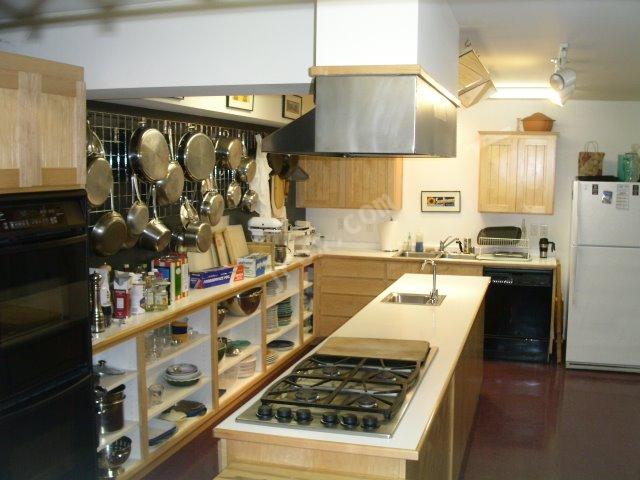Cutting Boards and Food Safety

Using Cutting Boards at Home
Which is better, wooden or plastic cutting boards? Consumers may choose either
wood or a nonporous surface cutting board such as plastic, marble, glass, or
pyroceramic. Nonporous surfaces are easier to clean than wood.Avoid Cross-Contamination
The Meat and Poultry Hotline says that consumers may use wood or a nonporous surface for cutting raw meat and poultry. However, consider using one cutting board for fresh produce and bread and a separate one for raw meat, poultry, and seafood. This will prevent bacteria on a cutting board that is used for raw meat, poultry, or seafood from contaminating a food that requires no further cooking.
Cleaning Cutting Boards
To keep all cutting boards clean, the Hotline recommends washing them with hot, soapy water after each use; then rinse with clear water and air dry or pat dry with clean paper towels. Nonporous acrylic, plastic, or glass boards and solid wood boards can be washed in a dishwasher (laminated boards may crack and split).
Both wooden and plastic cutting boards can be sanitized with a solution of 1 tablespoon of unscented, liquid chlorine bleach per gallon of water. Flood the surface with the bleach solution and allow it to stand for several minutes. Rinse with clear water and air dry or pat dry with clean paper towels.
Replace Worn Cutting Boards
All plastic and wooden cutting boards wear out over time. Once cutting boards become excessively worn or develop hard-to-clean grooves, they should be discarded.
The information on this site was produced by the USDA, CDC and other US Government Agencies and was compiled by the site owners. We are not responsible for accuracy or completeness. Site design and layout (c)2007 giantific.com